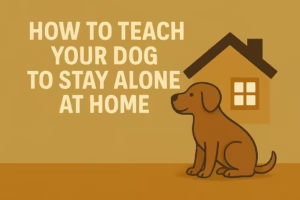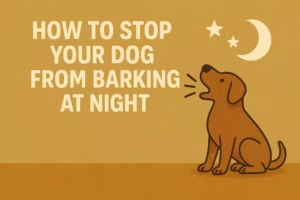One of the most important things you can do for your dog is to keep them healthy and safe from disease. This is especially important as we head into the colder months, when illnesses can be more severe. In this article, we’ll provide you with 15 ways to protect your dog from common diseases. From vaccinations to keeping them hydrated, we’ll have everything you need to keep your furry friend healthy and happy all winter long!
Get your dog vaccinated

One of the best ways to protect your dog from diseases is to get them vaccinated. There are a variety of vaccines available for dogs, and each one provides different protection against different diseases.
Some of the most common vaccines that are recommended for dogs include:
- Canine distemper vaccine (CDV)
- Canine parvovirus vaccine (CPV)
- Rabies vaccine
- Lyme disease vaccine
- Leptospirosis vaccine
- Adenovirus vaccine
- Bordetella bronchiseptica (Bb) antigen injection
The benefits of getting your dog vaccinated include: - Reduced risk of contracting a disease.
- Increased likelihood of surviving a disease if contracted.
Make sure that your dog gets their shots on time, as not all vaccines are effective if they’re administered late. Also, make sure that your dog has a good diet and plenty of water – both of which will help them fight off illnesses. And finally, keep an eye on your dog’s health always – if you see any signs that they’re sick or in danger, take them to the vet right away!
Keep your dog clean and dry

One of the best ways to protect your dog from diseases is to keep them clean and dry.
Dogs are more susceptible to getting sick when they’re wet, because their body temperature and immune system are both lower when they’re wet. This means that they’re more likely to get sick from infections, which can be serious. In fact, some illnesses, like heartworm disease, are even more serious in dogs than in humans.
You should also make sure that your dog stays clean by regularly washing them with soap and water – and avoid letting them stand in water or rain. You can also give them a bath at least once a month (if they don’t sweat a lot).
Here are some tips to help you keep your dog clean and dry:
- Brush their coat regularly. Use a soft brush with a mild soap solution, and be sure to brush all the way down to the tail.
- Bathe them every 2 or 3 months, using a gentle shampoo that doesn’t contain any harsh chemicals or builders. Make sure that their coat is thoroughly wet before you put them in the tub, and be sure to rinse off all the soap afterward.
- Clean their food and water dishes regularly, using a mild dishwashing detergent. Don’t use harsh chemicals or abrasive scrubbers – just use a sponge or bowl scraper.
- Keep their environment clean too – remove dried leaves, flowers, etc., from around the house.
Make sure your dog has access to fresh water
It’s important to make sure your dog has access to fresh water at all times, so make sure they have a reliable drinking water dish. This is especially important if your dog lives in a hot climate or is regularly exposed to the elements.
Make sure your dog has enough water to drink at all times too, even if he doesn’t appear thirsty. Giving him 20-30 ml (1-2 oz) of water per pound of body weight every day should be enough. If your dog becomes overly thirsty, give him more water rather than letting him dehydrate himself. You should also keep the area around the water dish clean so that your dog doesn’t get sick from bacteria or other parasites.
You can also help protect your dog by regularly washing their paws and face. This will reduce the chances of them getting diseases like distemper and parvo. Make sure you are also vaccinated against these diseases, as they can be very serious for dogs.
Additionally, keep an eye on your dog when they’re outside – make sure they’re always supervised and avoid giving them fo
od or water in busy public areas where there are a lot of people. And lastly, If you notice any changes in your dog’s behavior, such as vomiting, diarrhea, loss of appetite, weakness, or thirstiness, take him to the veterinarian immediately for an exam and treatment.
Feed your dog a balanced diet
Feeding your dog a balanced diet is one of the best ways to protect them from diseases. Dogs are omnivores, which means that they are able to digest and use both plant and animal-based foods. The key to feeding your dog a balanced diet is to make sure that they’re getting enough protein, carbohydrates, fats, vitamins, minerals, and other essential nutrients.
To help you get started, here are some tips:
- Feed your dog food that’s low in fat and high in protein. This will ensure that they’re getting all the nutrients they need without adding too much fat or cholesterol.
- Give your dog plenty of fresh water every day – even if you only drink half of it yourself!
- Include plenty of fruits and vegetables in their diet – these will provide them with lots of vitamins, minerals, and antioxidants that can protect them from diseases.
- Avoid feeding your dog processed or junk food – these contain high levels of sugar, salt, and unhealthy fats that can lead to health problems for dogs. Instead, give them treats made from natural ingredients like raw meat or eggs.
Protein is essential for your dog’s growth and maintenance, as well as their immune system. Carbohydrates are important because they help keep your dog’s energy levels up and prevent them from getting too fat. And, of course, essential vitamins and minerals – such as Vitamin A, Vitamin D, and Calcium – are necessary for their health.
One thing to remember when feeding your dog a balanced diet is to make sure that all of the ingredients are fresh and uncontaminated. If you can’t guarantee this, then it’s best to avoid feeding them anything at all. And if your dog does get sick, make sure that you give them the proper medicines to cure whatever ailment they have.
Give your dog plenty of exercises
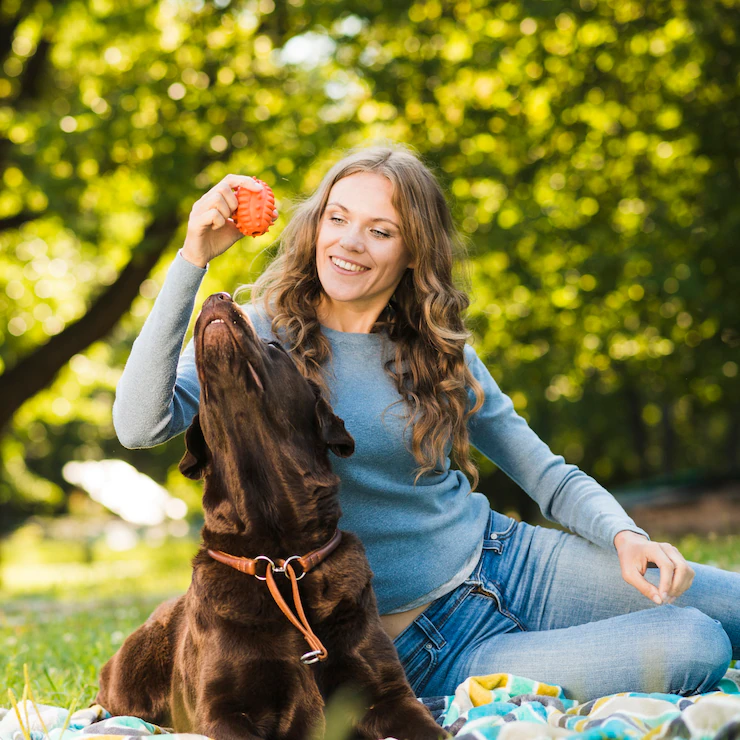
One of the best ways to protect your dog from diseases is to give them plenty of exercises. Not only will this keep them healthy, it will also make them happy and content.
A dog’s natural instinct is to hunt and scavenge, which helps them stay healthy and ward off diseases. When you take your dog for a walk, let them have fun by exploring different areas – including in the bushes and under trees! If you live in an area where there are a lot of mosquitoes, try to keep your dog indoors as much as possible. And remember to get your dog vaccinated against rabies and other common diseases.
Finally, be sure to keep your dog vaccinated against common canine diseases like rabies and fleas. This will help keep her immune system strong and protect her from potential health problems related to those diseases.
Keep your windows and doors closed during cold weather
One of the most common ways to prevent dog diseases is by keeping your windows and doors closed during cold weather. This will keep your dog inside where it’s warm and safe and minimizes exposure to cold weather conditions that can lead to illness.
Cold weather is the perfect time for dog diseases to spread. This is because dogs are more likely to be outdoors and exposed to cold temperatures, which allows viruses and bacteria to multiply quickly.
You can also ensure that your dog stays warm by providing it with a warm bed, water bowl, and enough food to sustain it throughout the day. You should also keep an eye on your dog’s health at all times by checking its ears, eyes, mouth, and skin for any signs of infection or inflammation.
To keep your dog safe from diseases during cold weather, make sure you do the following:
- Keep your windows and doors closed during cold weather. This will help prevent the spread of disease inside the house.
- Make sure your dog has plenty of fresh water and food – especially if they’re spending a lot of time outside. Dogs who are poorly nourished are more likely to get sick or die from a disease.
- Keep your dog sheltered when it starts to rain or snow – this will help them stay warm and protected from the elements.
Check for fleas and ticks on your pet regularly
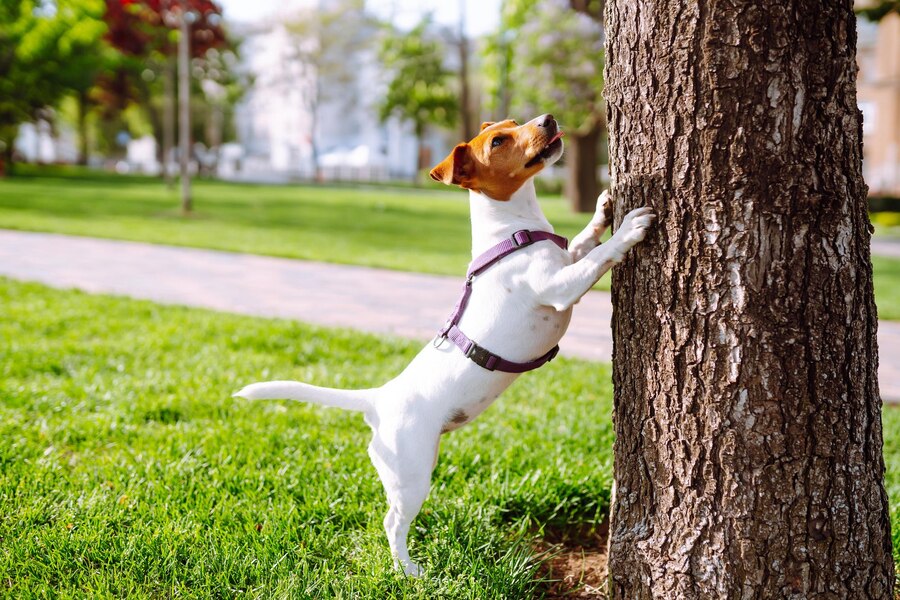
Dogs are susceptible to a variety of diseases, some of which can be deadly. Fleas and ticks are the most common carriers of these diseases, and checking your pet regularly for fleas and ticks is the best way to protect them.
Fleas are tiny creatures that live on the bodies of animals such as dogs. They lay eggs that hatch into larvae, which feed on the blood of other animals. Flea populations tend to explode in areas where there is a lot of animal movement (like parks), which means that dogs living in these areas are at a higher risk of getting fleas.
Ticks are similar to fleas in that they also live on the bodies of animals and feed off their blood. However, ticks don’t jump onto people as readily as fleas do, meaning they’re less likely to be picked up by humans while they’re out walking their dogs. However, ticks can still infest humans if they come into close contact with them while hiking or camping.
To prevent your dog from getting infected with fleas or ticks, make sure you check them for both parasites every week during warm weather and monthly during cold weather. Also, keep an eye out for any red patches or areas where your dog has scratched excessively – this may indicate that there’s an infestation nearby that you need to take care of immediately!
Get medical help if you see any changes in behavior or health in your pet
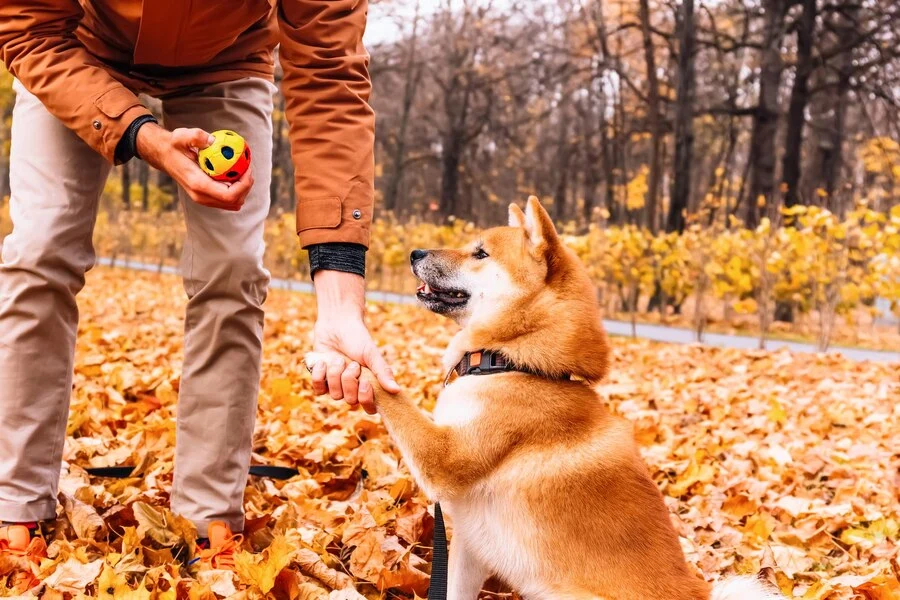
It’s important to keep your dog healthy and protected from diseases, and there are a few easy steps you can take to make sure that happens.
- Get medical help if you see any changes in behavior or health in your pet. If you notice any changes in your dog’s behavior that seem out of the ordinary, or if he starts to develop new symptoms, it’s best to get him checked out by a vet as soon as possible. There could be something very serious going on, and it’s important to catch it early on so that he can get the treatment he needs.
- Make sure they’re up-to-date on their rabies shots. Even if your dog is not currently exposed to rabies, getting vaccinated against this deadly virus is still a good idea for both his safety and yours. Rabies is spread through contact with the saliva or blood of an infected animal, so keeping your dog away from wild animals is always a good idea too.
- Keep them fed and hydrated. Overfeeding or dehydration can lead to many health problems, not just for your dog but also for you as well. Make sure they’re getting enough food and water each day, and make sure their food is fresh and free of harmful chemicals before feeding it to them.
- Keep them safe from fleas and ticks by regularly checking
Be attentive to the signals your dog is giving you
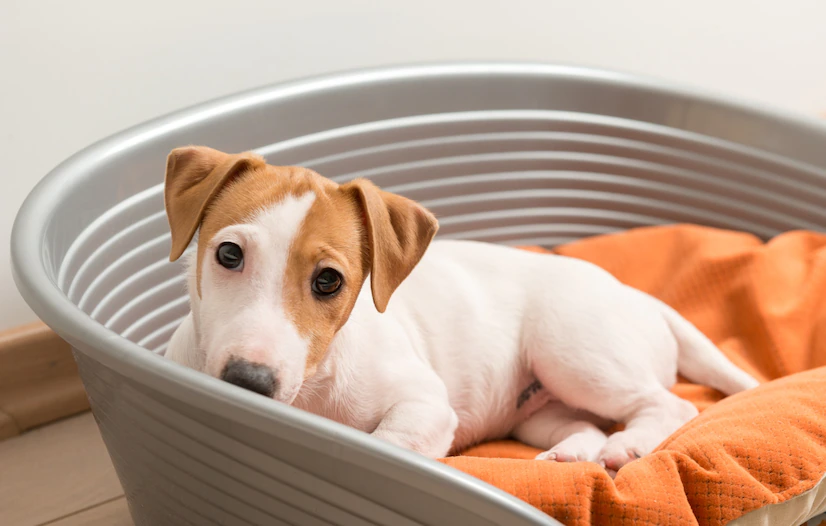
It’s important to be attentive to the signals your dog is giving you in order to protect them from diseases. Dogs are pack animals, and as such, they rely on their owner to provide them with protection from outside threats.
Some of the signals your dog may be giving you include: whining, panting heavily, lying down, being aggressive or Protective Urination (peeing on objects or people). If you notice any of these signs and you don’t think your dog is feeling well, it’s important to take them to a veterinarian as soon as possible.
There are a variety of things that you can do to keep your dog healthy and protected from diseases:
- Feed them a healthy diet that includes plenty of fresh meat and vegetables. Avoid processed foods and sugary drinks.
- Keep their environment clean by cleaning up after them and keeping away wild animals.
- Vaccinate your dog against common diseases like parvovirus, distemper and rabies.
- Watch for changes in behavior. If your dog starts to act differently – whether it’s being shy or restless – then it may be time to take them to the vet for a checkup. This is especially important if you notice any changes in their appetite or energy level.
- Check their fur closely for signs of disease. If there’s anything unusual – like red patches or dried blood – then you should take your dog to the vet right away. Dogs can get very sick from various kinds of diseases, some of which are difficult or impossible to treat at home.
- Keep an eye on their droppings. If they’re making a lot of messes, this may be an indication that they have something wrong with their digestive system and need to see the vet ASAP.
- Monitor their temperature regularly. If it’s consistently high or low, this could be a sign that they have a fever and should go see the vet as soon as possible.
- Always keep an eye out for symptoms of fleas and ticks, both of which can be deadly if not treated quickly enough by your veterinarian.
Should you avoid feeding your pet a raw-meat diet?
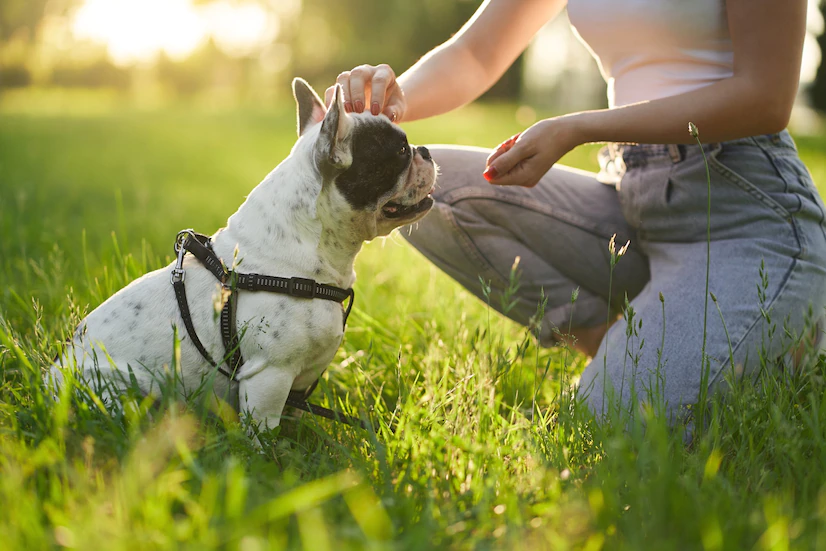
In the same way that every dog is unique, every cut of meat is different. Raw meat may be fine for one dog, and it may not be okay for another. It depends on various factors, including the type and quality of meat that you serve them.
keep their nails trimmed
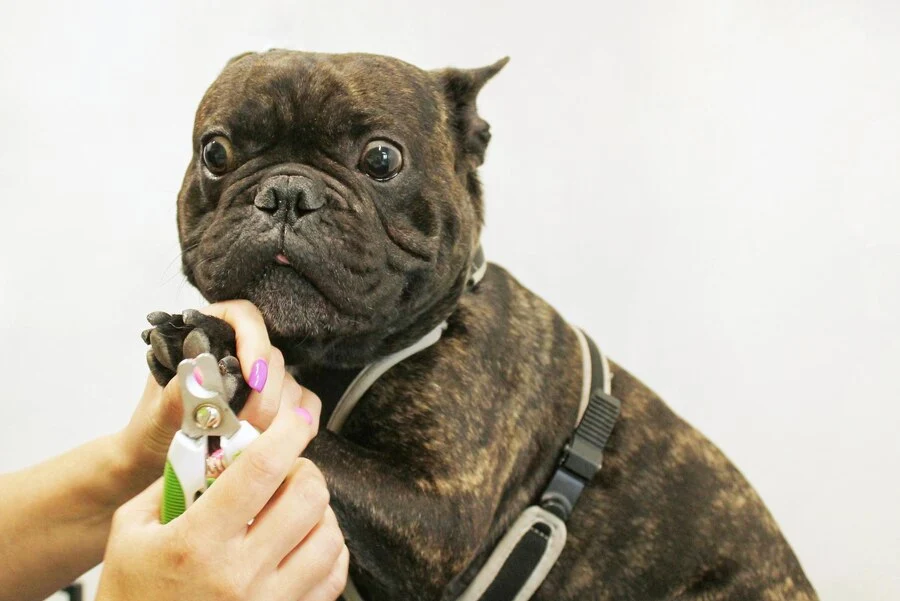
One of the best ways to protect your dog from diseases is to keep their nails trimmed. This will prevent them from getting claws caught in things and scratching themselves, which can lead to skin infections and other health problems.
Trimming your dog’s nails regularly also helps them stay clean and healthy. It removes any dirt, sand, or rocks that may be stuck in their nail beds, which can cause discomfort or infection. Plus, it prevents them from damaging furniture or other objects with their sharp claws.
If you’re unsure how to trim your dog’s nails correctly, there are a few simple steps you can take:
- Make sure that the nail is dry before you start cutting it. Wet nails are harder to cut and may cause more pain for your dog.
- Use a sharp pair of shears or a clipper that has a transparent blade so you can see what you’re doing. Be cautious not to nick their skin too much.
- Trim the quick (the bit above the nail) first, followed by the middle section, and finally the base/dowel section.
Keep your dogs away from wildlife

One of the biggest dangers to your dog from diseases is exposure to wildlife. Wildlife can carry a variety of contagious and deadly diseases, which can easily jump from animal to animal.
To avoid this danger, always keep your dog away from wildlife. Make sure they have their rabies shot and stay up-to-date on the latest vaccinations against rabies, distemper, kennel cough and other diseases. You can also keep your dog safe by keeping them inside during active hunting seasons (in most states), or by keeping them on a leash when out walking.
- Keep your dog on a leash when out walking. This will help keep them away from wildlife, which can include deer, raccoons, and other animals that may carry diseases.
- Clean up after your dog – even if they’re just going pee or poo. This will help prevent any contact between your dog and wild animals, which could lead to the spread of diseases.
- Vaccinate your dog against common diseases like rabies and Lyme disease. Not only will this protect them from potential harm, but it will also help increase the chance that they’ll be recognized as safe by medical professionals in case they are injured or encounters a sick animal while out walking.
- Make sure your dog has access to clean water at all times – especially if they’re spending time near water sources like streams or ponds. Even a small amount of bacteria can cause deadly canine heartworms to develop, so make sure you keep your pet hydrated at all times!
- Feed your dog Nutrish® dry Dog Food – this helps maintain their weight and avoids the accumulation of dirt, debris, and other debris in their digestive system which could lead to health problems down the line.
Keep garbage cans covered tightly
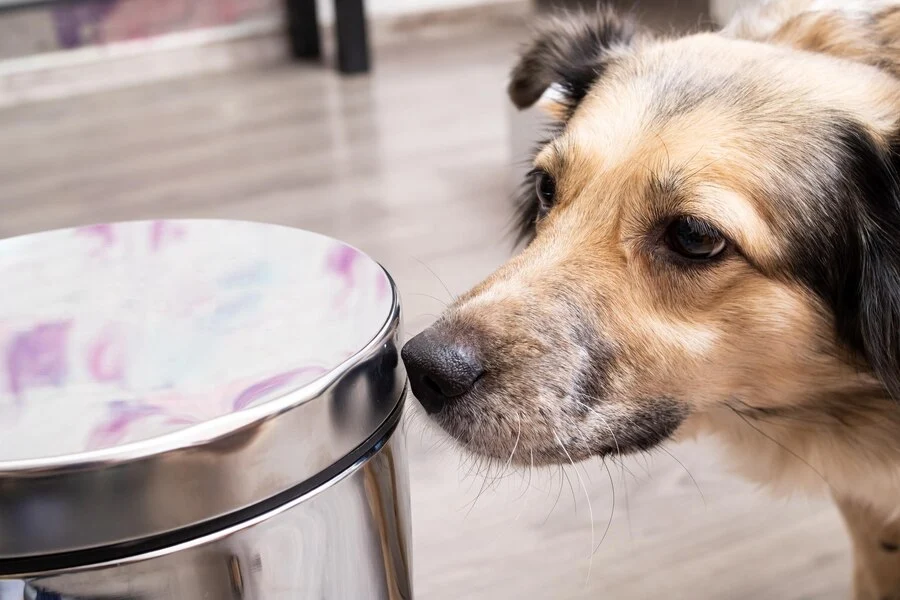
The majority of pet owners ensure their dogs have a healthy diet. However, they are often surprised by how much dogs enjoy digging through garbage for more food despite the food selection and serving size recommendation.
Dogs seem to gravitate towards the garbage bins in kitchens and bathrooms, whether they are bored or simply looking for food.
You should always cover your garbage cans so that your dog does not have access to them. As a responsible dog owner, making sure your garbage cans are properly covered can prevent harm from occurring.
Visit your veterinarian regularly
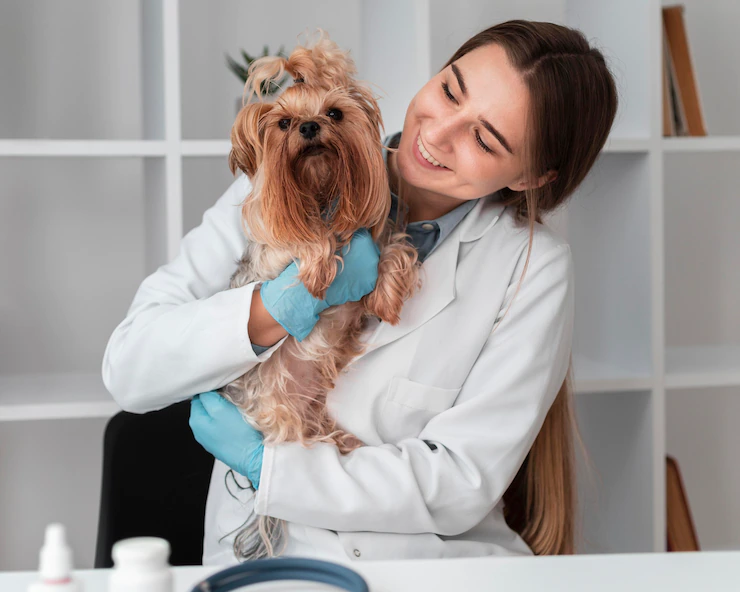
There are many symptoms of disease in dogs, though some do not appear immediately. Annual wellness checkups by qualified veterinarians can detect signs of disease that you might not have noticed.
At regular check-ups, your veterinarian will examine your dog from head to tail. They will listen, examine, and feel for signs of potential problems. They will also do various tests, including blood work and feces. A variety of concerns can be detected with these tests, such as parasites and illnesses
Avoid bringing sick or injured dogs into the home.
There are a number of ways that you can protect your dog from diseases, and one of the most important is to avoid bringing sick or injured dogs into the home.
When you bring a dog into the home who is not feeling well, it’s easy for them to spread their illness to other animals in the house. This includes both humans and other dogs. Additionally, any new diseases that your dog picks up while they’re here could be deadly if not treated quickly.
If you do have to bring a sick or injured dog into your home, make sure that you take all necessary precautions to keep them safe. This means keeping them isolated from other animals and always monitoring their health closely. You should also contact your local veterinarian to find out what preventative steps you need to take in order for your dog to stay healthy and free of disease.
Conclusion
By now, you’ve probably realized just how important it is to keep your pet healthy and happy this winter. Remember to give them plenty of water and the right food, keep their vaccinations up-to-date and check their ears regularly for signs of illness. Trust us when we say that practicing these 15 simple steps for dog health can make all the difference in giving your pup a happy, healthy life all year long.
Are there any other ways you follow that we failed to mention? We’d love to know what they are in our comments section!




